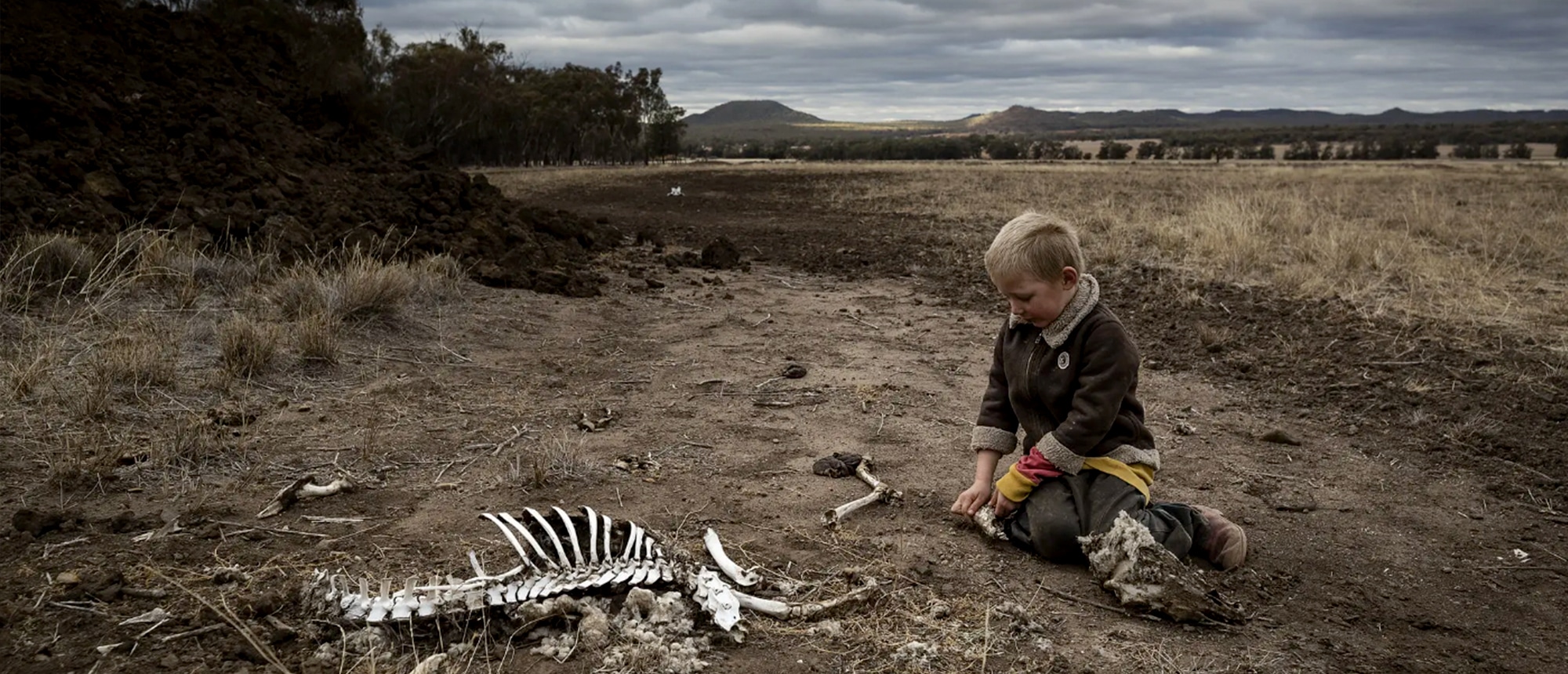We Can Pay For A Green New Deal
Across America, calls for climate action are growing louder and more fervent. As Naomi Klein wrote this week, “[we have] been waiting a very long time for there to finally be a critical mass of politicians in power who understand not only the existential urgency of the climate crisis, but also the once-in-a-century opportunity it represents.”
We’re almost there.
We understand the problem – we can’t allow temperatures to rise by more than 1.5 degrees Celsius. The United Nations Intergovernmental Panel on Climate Change gives the world 12 years to make substantial reductions in greenhouse gas emissions to avoid severe climate effects later this century ? including in the United States. The urgency of the situation can’t be overstated.
We have momentum – incoming Democrats, like Reps.-elect Alexandria Ocasio-Cortez of New York and Rashida Tlaib of Michigan, are building support for an ambitious climate plan, and more than 15 members of Congress are calling for a select committee with a mandate to draft comprehensive legislation: a Green New Deal. We have the outline of a plan: We need a mass mobilization of people and resources, something not unlike the U.S. involvement in World War II or the Apollo moon missions – but even bigger. We must transform our energy system, transportation, housing, agriculture and more.
What we don’t (yet) have is the final, vital ingredient – a critical mass of politicians prepared to unleash the enormous power of the public purse to save the planet. We need more political courage and less political consternation.
The Benefit, Not The Cost
Sure, it’ll cost a lot of money. That’s likely to rattle the nerves of self-proclaimed deficit hawks, Democrats and Republicans alike, who will ask the same tired questions: “How will we pay for it?” “What about the deficit and debt?” “Won’t it hurt our economy?” In fact, these questions are already coming, with the eager help of the fossil fuel lobby.
Republican Sen. Mike Lee of Utah recently said that “all the proposals I’ve seen so far… would devastate the U.S. economy.” Sen. Marco Rubio (R-Fla.) says he’s theoretically open to action but adds, “I’m also not going to destroy our economy.”
Democrats risk aiming low if they merely repackage proposals for “pay-go” infrastructure spending that would build more roads and bridges but fail to strengthen resilience to worsening climate hazards. These politicians, and the pundits who echo them, approach the debate all wrong. We can’t afford to let deficit politics stand in the way of an ambitious Green New Deal.
Here’s the good news: Anything that is technically feasible is financially affordable. And it won’t be a drag on the economy – unlike the climate crisis itself, which will cause tens of billions of dollars worth of damage to American homes, communities and infrastructure each year. A Green New Deal will actually help the economy by stimulating productivity, job growth and consumer spending, as government spending has often done. (You don’t have to go back to the original New Deal for evidence of that.)
In fact, a Green New Deal can create good-paying jobs while redressing economic and environmental inequities. One policy vision, by the progressive think tank Data for Progress, is based on a foundation of equity and justice. It proposes a transition to a low-carbon economy using clean and renewable energy, the restoration of forests and wetlands, and the build-up of resilience in both rural and urban communities.
Rethinking The Budget
To save the planet and fix historical inequities, however, we must change the way we approach the federal budget. We must give up our obsession with trying to “pay for” everything with new revenue or spending cuts.
Are taxes an important part of an aggressive climate plan? Sure. Taxes can shape incentives and help change behaviors within the private sector. Taxes should be raised to break up concentrations of wealth and income, and to punish polluters for the cost and consequences of their actions. In a period without federal leadership on the climate crisis, this is how many state and local governments are considering carbon pricing. That’s useful – not because we “need to pay for it” but to end polluters’ harmful behavior.
The federal government can spend money on public priorities without raising revenue, and it won’t wreck the nation’s economy to do so. That may sound radical, but it’s not. It’s how the U.S. economy has been functioning for nearly half a century. That’s the power of the public purse.
As a monopoly supplier of U.S. currency with full financial sovereignty, the federal government is not like a household or even a business. When Congress authorizes spending, it sets off a sequence of actions. Federal agencies, such as the Department of Defense or Department of Energy, enter into contracts and begin spending. As the checks go out, the government’s bank – the Federal Reserve – clears the payments by crediting the seller’s bank account with digital dollars. In other words, Congress can pass any budget it chooses, and our government already pays for everything by creating new money.
This is precisely how we paid for the first New Deal. The government didn’t go out and collect money – by taxing and borrowing – because the economy had collapsed and no one had any money (except the oligarchs). The government hired millions of people across various New Deal programs and paid them with a massive infusion of new spending that Congress authorized in the budget. FDR didn’t need to “find the money,” he needed to find the votes. We can do the same for a Green New Deal.
Despite lawmakers’ stated fears, larger public deficits are not inherently inflationary. As long as government spending doesn’t cap out the full productive capacity of the economy – what economists call “full employment” – it won’t spin prices out of control. Inflation isn’t triggered by the amount of money the government creates but by the availability of biophysical resources that money tries to go out and buy – like land, trees, water, minerals and human labor.
The Deficits That Matter
Instead of talking about a numerical budget deficit, we should be talking about the deficits that matter, like our deficits in biodiversity, fresh water and the capacity of our environment to absorb pollution. We should be sounding the alarm about our deficits in education, in time we can spend with our families, in lifesaving medical care and access to mental health services, and in life expectancy itself. And what about our deficit in freedom from the violence of unemployment and jobs that pay starvation wages?
The shapers of the original New Deal understood this. James McEntree, director of the Civilian Conservation Corps, stated in 1941 that the CCC had “reversed the Nation’s traditional policy of using or wasting our natural resources at a rate faster than they were being replenished and had started the country on the way toward a balanced natural-resources budget.”
The U.S. government can never run out of dollars, but humanity can run out of limited global resources. The climate crisis fundamentally threatens those resources and the very human livelihoods that depend on them.
The Only Conversation Worth Having
Once we understand that money is a legal and social tool, no longer beholden to the false scarcity of the gold standard, we can focus on what matters most: the best use of natural and human resources to meet current social needs and to sustainably increase our productive capacity to improve living standards for future generations.
We can’t afford to let deficit politics stand in the way
This is ultimately how a Green New Deal can also help bridge our political divides. Rural communities in the Midwest have as much to gain economically from a Green New Deal as coastal urban areas. We can ensure Farm Bill subsidies help American farmers earn a good living by simultaneously feeding the nation, generating renewable energy and capturing carbon in soil. We can also boost manufacturing and construction jobs by retrofitting buildings, electrifying transportation and hardening our shoreline communities against sea level rise.
That such a visionary undertaking can align with and support Just Transition efforts – led by communities of color, women and indigenous groups uniquely affected by the climate crisis – should also be viewed as an opportunity rather than a challenge or a burden
Politicians need to reject the urge to ask “How are we going to pay for it?” and avoid the trap when it’s asked of them. A better question is: What’s the best use of public money? Giving it away to the top 1 percent who don’t spend it, widening already dangerous wealth and income gaps? Or investing it in a 21st century, low-carbon economy by rebuilding America’s infrastructure, bolstering resilience, and promoting good-paying jobs across rural and urban communities?
The greatest burden we are passing on to future generations is not the debt but our failure to respond to the climate crisis. We must move beyond the fatalism about paying for a Green New Deal so we can get to the conversation that matters most: How can a Green New Deal protect our finite natural resources, end the climate crisis and build the 21st century economy that works for everyone?
That’s the only conversation the American people should be willing to have.

